‘Rickettsia’ is a genus of non-motile, gram-negative, non spore-forming, highly pleomorphic bacteria that may occur in the forms of cocci, rods, or threads. The term ‘rickettsia’ has nothing to do with ‘rickets’, which is a deficiency disease resulting from lack of vitamin D; the bacterial genus ‘Rickettsia’ was named after Howard Taylor Ricketts, in honor of his pioneering work on tick-borne spotted fever.
Properly, Rickettsia is the name of a single genus, but the informal ‘rickettsia’, plural ‘rickettsias’, usually not capitalised, commonly applies to any member of the order ‘Rickettsiales’.
Being obligate intracellular parasites, rickettsias depend on entry, growth and replication within the cytoplasm of living eukaryotic host cells (typically endothelial cells).
Accordingly, Rickettsia species cannot grow in artificial nutrient culture; they must be grown either in tissue or embryo cultures; typically, chicken embryos are used.
Rickettsia species are transmitted by numerous types of arthropods, including chigger, ticks, fleas, and lice, and are associated with both human & plant diseases, Most notably, these species are the pathogens for many fever-like diseases. The majority of these bacteria are susceptible to antibiotics of the tetracycline group.
Discovery
Best safe and secure cloud storage with password protection
Get Envato Elements, Prime Video, Hotstar and Netflix For Free
Best Money Earning Website 100$ Day
#1 Top ranking article submission website
- In 1546, Typhus fever was discussed first as epidemic disease by Fracastorious, but can’t isolate causal agent.
The disease spread among people where the population density is high & lice present among them. So, it spread profusely within army camp.
- In 1812, Rickettsia was found with epidemic typhus.
- 1906, Howard Taylor Ricketts (USA) discovered pathogens of “Rocky Mountain Spotted Fever”. He has seen coccus & bacillus shaped pathogen with patients infected with this fever.
- In 1910, Ricketts found out the causal agent of typhus fever was lice. He also mentioned that the pathogen of typhus is the same of the pathogen isolated from the rocky mountain spotted fever. During work with typhus pathogen, unfortunately he was infected with typhus and died. Later, to recognise his work, the pathogens were named as ‘Rickettsiae’.

- In 1913, Stanislaus Von Prowazek started research with typhus to isolate the causal agent in Turkey & Survia. He named the pathogen ‘coccobacillary’ as it occurs sometimes in coccus shape & sometimes in bacillus shape.
- In 1915, 150000 people died in Survia within a month due to Rickettsial fever. At that time, fatal rate was 60-70%.
- 1916, Henrique da Rocha Lima isolated the actual pathogen of Typhus fever & named the it as “Rickettsia prowazekii” for the recognition of the two early workers & their work.
- During 1918-1920, 30 million people were infected with Typhus & 3 million were died of it. One million were died during 2nd World War. Asia & Europe were safe but many people died in Africa; USA was also in danger.
General Characteristics
- These bacteria are rod-shaped, coccoid or pleomorphic with typical Gram- negative cell walls and no flagella.
- Although their size varies, they tend to be 0.3-0.5 micro metre in diameter and 0.8-2.0 micro metre in length.
- All are parasitic or mutualistic; most of them are obligate intracellular parasites.
- The parasitic forms grow in vertebrate erythrocytes, macrophages, and vascular endothelial cells. Often they also live in blood-sucking arthropods such as fleas, ticks, mites, or lice.
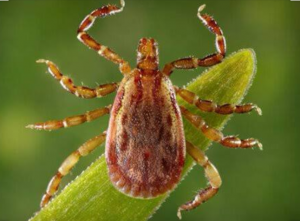
- Rickettsia enter into the host cells by inducing phagocytosis. Members of the genus Rickettsia immediately escape the phagosome and reproduce by binary fission in the cytoplasm.
- They lack glycolytic pathways and don’t use glucose as an energy source but rather oxidize glutamate & tricarboxylic acid cycle intermediate such as succinate.
Part 2 link: Rickettsia: Part Two
Get Free Netflix Now
Best safe and secure cloud storage with password protection
Get Envato Elements, Prime Video, Hotstar and Netflix For Free
 Plantlet The Blogging Platform of Department of Botany, University of Dhaka
Plantlet The Blogging Platform of Department of Botany, University of Dhaka
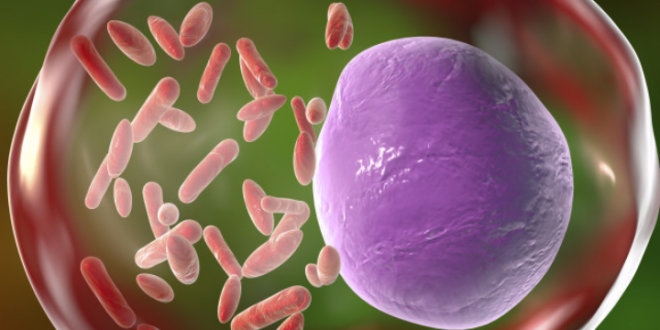

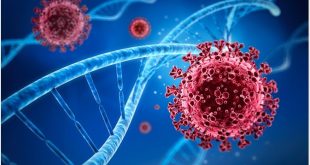
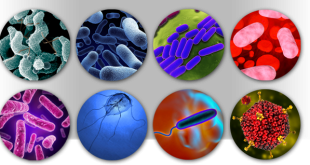
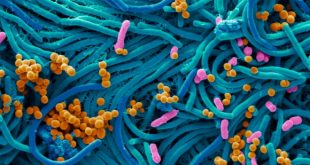
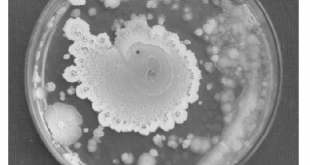
This article is very helpful for me.And thanks a lot to shompa apu
You’re welcome. And also thanks to you for your kind words.
Your article helped me a lot, is there any more related content? Thanks!